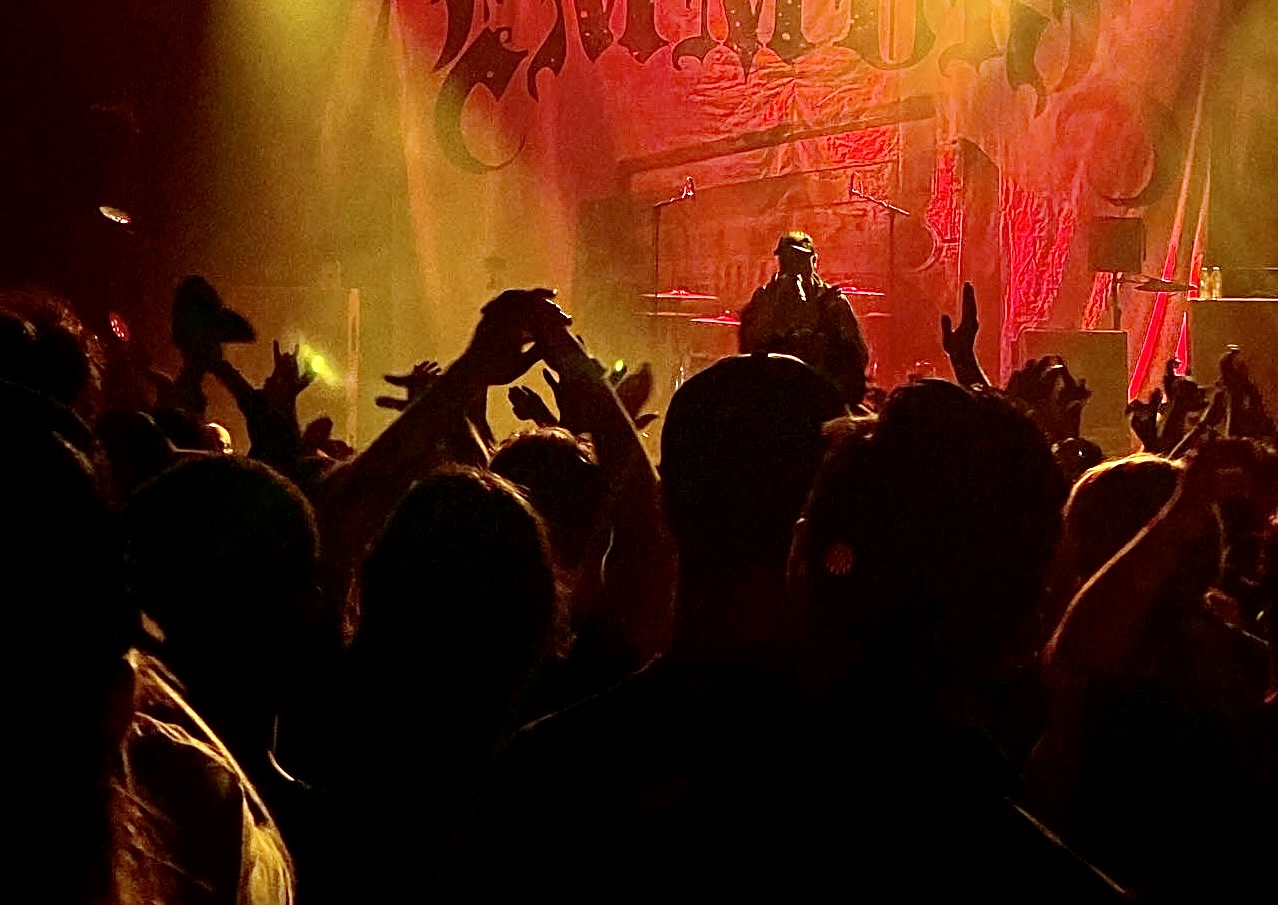The Toronto concert scene
Toronto’s concert scene is brought back by local fans, musicians, and event coordinators–despite post-pandemic challenges.
It is no secret that the pandemic had an intense impact on Toronto’s live-performance industry. Concerts and festivals struggled to gain traction after venue limitations were lifted, and smaller venues were notoriously forced to close due to the loss of profit. As reported by the CBC, these barriers had little effect on high-profile artists but were exponentially damaging to local musicians. Not only did this predicament dishearten fans who wished to see their favorite artists perform, but it also threatened the growth of communities that were formed at these shows. After navigating these barriers for an extended period, Toronto launched a mission to revive their concert scene.
This past summer, I attended over 15 concerts/festivals at various venues in Toronto and the GTA. I had the privilege to observe how live-music events bring communities of fans together in innovative, safe, diverse, and uniquely Torontonian spaces. Local musicians, DJs, event coordinators, and creatives from all backgrounds have unquestionably succeeded at bringing Toronto’s concert scene back.
“Bastid’s BBQ” and “Sojourn Festival” were two of Toronto’s most notable live music experiences that I felt fostered community. Bastid’s BBQ was a two-day event held by Canadian producer Skratch Bastid at The Bentway in Fort York. The space is typically used to host art installations and workshops, so concertgoers were excited to see how it would convert into a live-music venue. It is safe to say that the event lived up to its name: multiple food vendors and picnic tables made the experience feel like an actual community barbecue. The event had a lineup of breakdancing competitions, DJ sets, and live performances by hip-hop icons including The Alchemist, Slum Village, and Souls of Mischief.
Local Toronto dance music collectives held Sojourn Festival at a multi-stage warehouse in The Junction. The event was directed with diversity and inclusion in mind, curating a safe space that fans of all backgrounds and identities could enjoy. The festival boasted a lineup of DJs that went above and beyond in terms of representation, and various POC-owned food vendors were present. At both events, many of the performers were spotted hanging around with fans throughout the day as well, bridging the gap between entertainers and fans and making these experiences feel more like a community gathering than a performance.
This is not to say that larger, more well-known concert venues such as HISTORY, Scotiabank Arena, and Budweiser Stage are not contributing to Toronto’s concert scene. But any fan can confirm that they host a different experience. Larger venues typically lack a sense of intimacy, limiting interactions between concertgoers. Despite this, the concert itself remains a topic for fans to bond over before and after the show. Fans eagerly chat in anticipation with one another in the security lines before entering the venue and discuss the different experiences they had with other fans on the same GO Train home. Although these interactions happen outside of the event, fans maintain this sense of community by connecting over their shared experiences.
From crowded arenas to living room jam sessions, Toronto is home to a diverse group of music-lovers who have sought to restore the live-music communities that were hurt by the pandemic. Today, you can experience the joys of live music in reimagined spaces among passionate fans seeking a sense of community and belonging. I’m happy to say that Toronto’s concert scene has been brought back to life as a hub for everyone with a shared love of music to thrive in a community of creativity and innovation.

